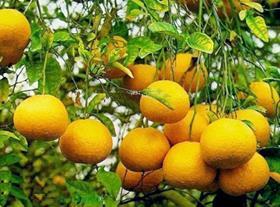
Iran’s unpredictable market access behaviour is causing problems for a number of horticultural industries at the moment, one of the most notable this month being the Pakistani kinnow sector.
As harvesting and exports kick off this month, access to the Iranian market has still not been granted, and traders are uncertain if their largest market will be available to this season’s boosted export target.
Pakistan’s peak body the Pakistan Horticulture Development & Export Board has set the kinnow export target for the season at 260,000 tonnes, up from last year’s successful target of 250,000 tonnes, reported Pakistan’s Express Tribune.
Iran has historically taken nearly a third of the country’s exports of the mandarin variety, previously around 40,000 tonnes by official estimates, along with significant amounts of extra unlogged fruit shipped across the border.
If the market opens up early enough this season, however, Iran could take up to 100,000 tonnes of kinnows, according to Waheed Ahmed, the former chairman of the All Pakistan Fruit and Vegetable Exporters Importers and Merchants Association.
But Iran has so far issued to import licences for Pakistani kinnows, and according to local media reports shows no immediate signs of doing so.
Pakistan’s kinnow exports to Iran were plagued with problems last season, beginning with a surprise Iranian tariff boost in October 2009, followed by a three-month ban on imports sparked by a row over cold chain control and quality.
Achieving the new export target this season will be difficult without the Iranian market, said Mr Ahmed.
The problem will be further compounded by a forecast drop in exports to Russia from last year’s 78,000 tonnes to around 40,000 tonnes, he told the Tribune, as well as larger individual fruit sizing this year, which runs contrary to the European demand for small fruit.
Overall volume for this year’s kinnow crop will be down from last year’s bumper harvest in line with biennial bearing trends in the industry. Production is forecast between 1.6m and 1.7m tonnes.






No comments yet